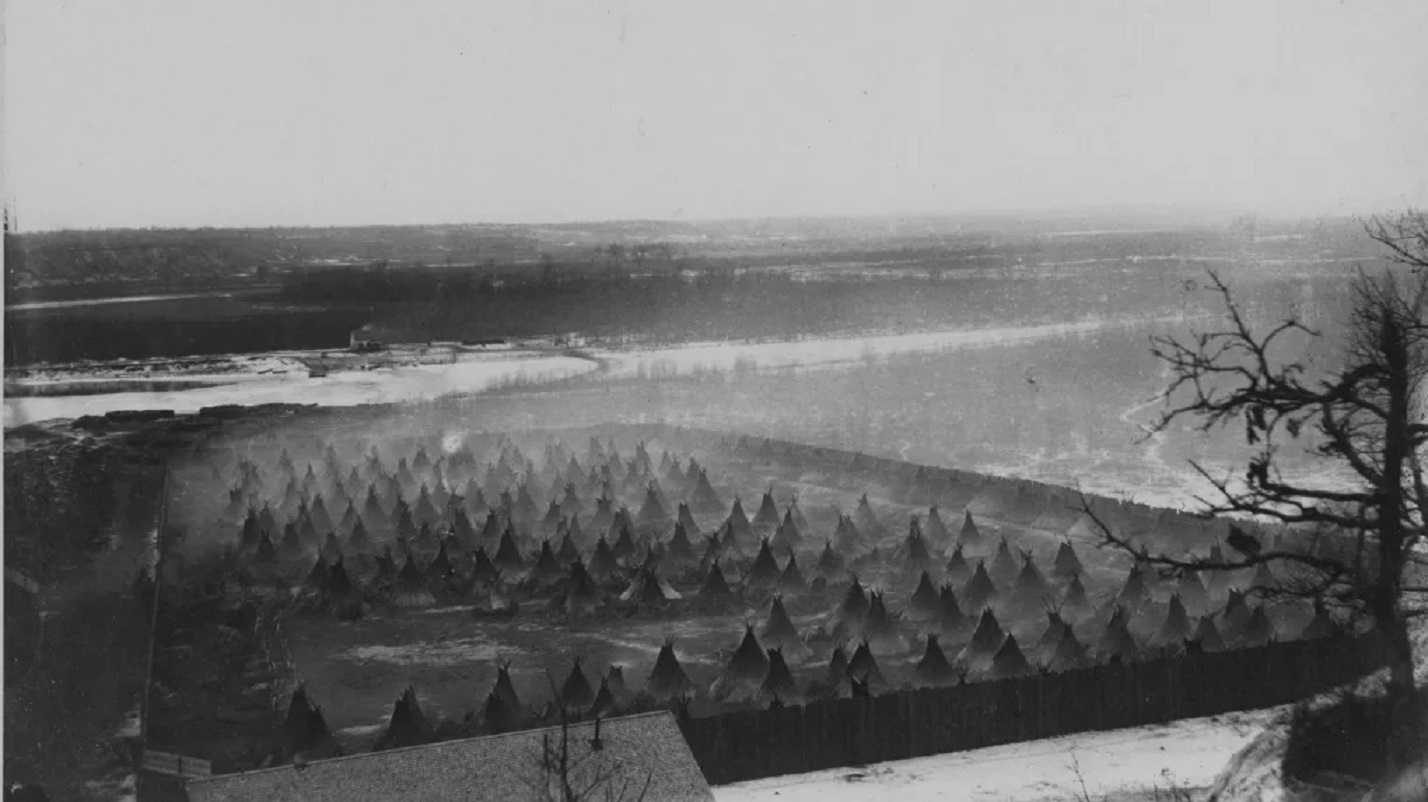|
Clarence Syvertson
Clarence A. "Sy" Syvertson (1926 – September 13, 2010) was the Center Director of the Ames Research Center of the National Aeronautics and Space Administration, located at Moffett Field, California. Biography Early life, education, and military service Syvertson was born in Minneapolis, Minnesota in 1926. He graduated from the University of Minnesota with a Bachelor of Aeronautical Engineering (with Distinction) in 1946 at age 20. After serving in the US Army in 1946 - 1947, he returned to the University and earned a Master of Science in the same field in 1948. He also did graduate work at Stanford University and the Harvard Business School. He is a member of the National Academy of Engineering, a Fellow of the American Institute of Aeronautics and Astronautics, of the American Astronautical Society, and of the California Council on Science and Technology (emeritus), a member of Tau Beta Pi and Tau Omega honorary societies. Aerodynamics research In 1948, Syvertson joi ... [...More Info...] [...Related Items...] OR: [Wikipedia] [Google] [Baidu] |
Minneapolis, Minnesota
Minneapolis is a city in Hennepin County, Minnesota, United States, and its county seat. With a population of 429,954 as of the 2020 United States census, 2020 census, it is the state's List of cities in Minnesota, most populous city. Located in the state's center near the eastern border, it occupies both banks of the Upper Mississippi River and adjoins Saint Paul, Minnesota, Saint Paul, the state capital of Minnesota. Minneapolis, Saint Paul, and the surrounding area are collectively known as the Minneapolis–Saint Paul, Twin Cities, a metropolitan area with 3.69 million residents. Minneapolis is built on an artesian aquifer on flat terrain and is known for cold, snowy winters and hot, humid summers. Nicknamed the "City of Lakes", Minneapolis is abundant in water, with list of lakes in Minneapolis, thirteen lakes, wetlands, the Mississippi River, creeks, and waterfalls. The city's public park system is connected by the Grand Rounds National Scenic Byway. Dakota people orig ... [...More Info...] [...Related Items...] OR: [Wikipedia] [Google] [Baidu] |
Lifting Body
A lifting body is a fixed-wing aircraft or spacecraft configuration in which the body itself produces lift (force), lift. In contrast to a flying wing, which is a wing with minimal or no conventional fuselage, a lifting body can be thought of as a fuselage with little or no conventional wing. Whereas a flying wing seeks to maximize cruise efficiency at Subsonic flight, subsonic speeds by eliminating non-lifting surfaces, lifting bodies generally minimize the drag and structure of a wing for subsonic, supersonic and hypersonic flight, or spacecraft re-entry. All of these flight regimes pose challenges for proper flight safety. Lifting bodies were a major area of research in the 1960s and 1970s as a means to build a small and lightweight crewed spacecraft. The US built a number of lifting body rocket planes to test the concept, as well as several rocket-launched re-entry vehicles that were tested over the Pacific. Interest waned as the US Air Force lost interest in the crewed missio ... [...More Info...] [...Related Items...] OR: [Wikipedia] [Google] [Baidu] |
XV-15
The Bell XV-15 is an American tiltrotor VTOL aircraft. It was the second successful experimental tiltrotor aircraft and the first to demonstrate the concept's high speed performance relative to conventional helicopters. Development Early VTOL rotor aircraft The idea of building VTOL aircraft using helicopter-like rotors at the wingtips originated in the 1930s. The first design resembling modern tiltrotors was patented by George Lehberger in May 1930, but he did not develop the concept further. In World War II, a German prototype called the Focke-Achgelis Fa 269 was developed starting in 1942, but it never flew. Two prototypes that made it to flight were the one-seat Transcendental Model 1-G and two-seat Transcendental Model 2, both powered by single reciprocating engines. Development started on the Model 1-G in 1947, and it flew in 1954. The Model 1-G flew until a crash in Chesapeake Bay on 20 July 1955, destroying the prototype aircraft but not seriously injuring the pilot. T ... [...More Info...] [...Related Items...] OR: [Wikipedia] [Google] [Baidu] |


